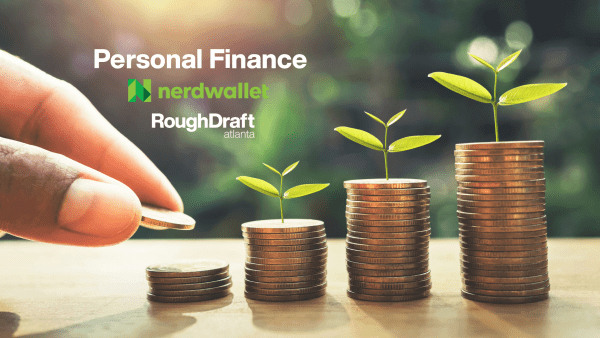
Anticipation is building for next week’s meeting of the Federal Reserve, when the central bankers should at long last shift into rate-cutting mode. Whether it’s the likely 25-basis-point trim or a bigger, 50-basis-point chop, markets are ready for the Fed’s new look.More Personal Finance News: Read more from NerdWallet on Rough Draft Atlanta.But mortgage rates have not waited for the Fed — mortgage lenders basically went ahead and cut their own bangs. This week, the 30-year fixed-rate mortgage rate fell 23 basis points, averaging 6.04%. A basis point is one one-hundredth of a percentage point. Since peaking in early May, average rates for 30-year loans have fallen roughly 125 basis points, or one and one-quarter percentage points.
Because of this preemptive drop, the actual Fed decision is unlikely to give mortgage interest rates a major makeover. If you’ve been waiting for rates to fall in order to refinance, your wait might already be over.Refi math adds upLet’s look at some numbers to get a sense of what a refinance could do for a borrower with a higher mortgage rate. For our example, we’ll use a $350,000 home purchased in October 2022, when 30-year fixed-rate mortgages were running about 7%. With a 10% down payment, the monthly principal and interest payment comes to just under $2,100.Assuming the borrower just paid this month’s mortgage bill, they currently owe about $308,000 on their loan. And since they’ve been paying their bills on time, they’ve got excellent credit, and a lender offers them a refinance interest rate of 6%. The principal and interest payment on a new 30-year, fixed rate loan will be just below $1,850, saving the homeowner about $250 per month.
In this example, the borrower is dropping their interest rate by a full percentage point. Conventional wisdom says that’s the threshold when a refinance is worth it, but that may not be the case for you. Depending on your circumstances, you may decide to hold out for additional savings or make your move with a smaller rate improvement — say, half a percentage point.Beyond the rateBut there’s more to consider than just the interest rate. Refinances come with closing costs, usually between 2% and 6% of the loan amount. Continuing our example, refinancing that $308,000 mortgage would likely cost between $6,160 and $18,480.Saving money is the goal of this hypothetical refinance, but the borrower won’t see real savings until they reach the break-even point. That’s when the savings from the refi exceeds the money spent on the transaction. Dividing the total cost of the refinance by the monthly savings shows how many months it’ll take to hit the break-even. At the lower end of our example closing costs, it would take about two years for the homeowner to see savings; at the high end, they won’t break even for more than six years. If you’re likely to sell the home before you hit your break even, refinancing might not be worth it.
Loan term is another consideration. In our example, the hypothetical homeowner has owned the home less than two years — starting over with a new 30-year loan wouldn’t add much to the payoff timeline. But depending on how long you’ve had your mortgage and how much you still owe, you could find that while a new 30-year loan drops your monthly payments, you won’t save much over the life of the loan. Paying interest longer could negate the interest rate savings.If monthly payments on a 15- or even 10-year loan are too high, look for lenders that offer customizable refinance terms. That way, you could potentially lower your interest rate and monthly payment without extending the loan longer than you prefer.